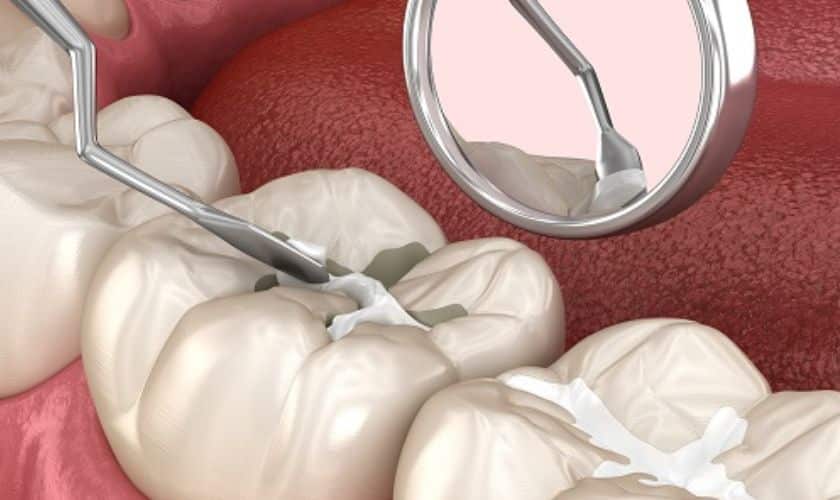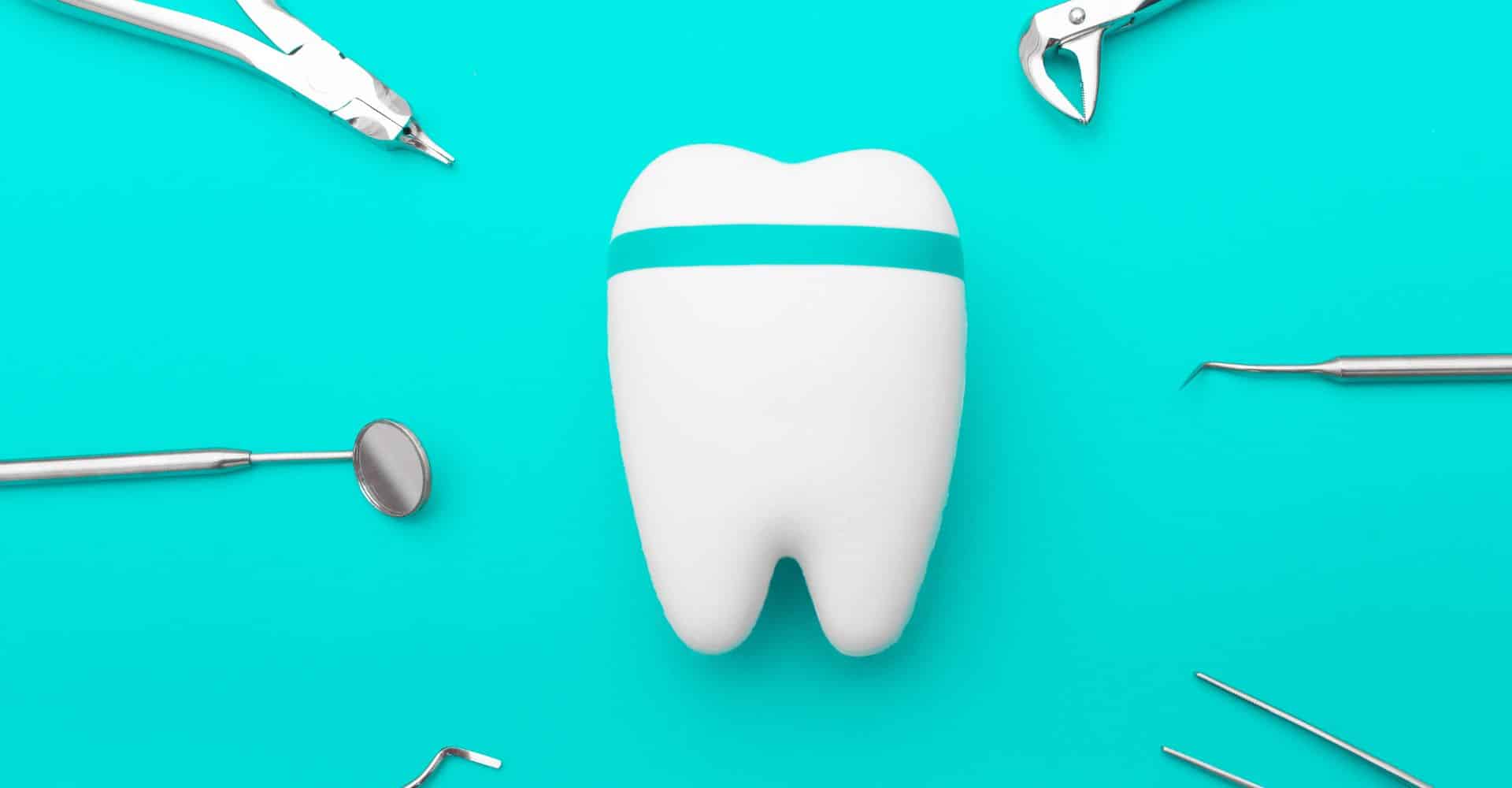Pearl Dental Blog

The Perfect Blend: Achieving Harmony with Dental Fillings
Welcome to the world of dental fillings, where the perfect blend of art and science creates harmony in dental restoration. Join us on a journey of discovery as we explore the intricate process of achieving balance and aesthetic appeal with dental fillings. Dental fillings are used to repair teeth damaged by decay or fractures, restoring both functionality and beauty to your smile. With advancements in dental materials and techniques, fillings can seamlessly blend with your natural teeth, providing a seamless and harmonious result. Explore the innovative approaches, precise craftsmanship, and meticulous attention to detail that go into achieving the perfect blend of form and function with dental fillings.
Dental Fillings: Overview
Dental fillings are restorative materials used to repair teeth damaged by decay or fractures. They are commonly composed of materials such as composite resin, porcelain, or amalgam. During the procedure, the decayed or damaged portion of the tooth is removed, and the resulting cavity is filled with the chosen filling material. Dental fillings restore the tooth’s structure, function, and aesthetics. They help prevent further decay, strengthen the tooth, and alleviate any discomfort or sensitivity. The type of filling material used depends on factors such as the location and extent of the damage, aesthetic preferences, and budget. Regular dental check-ups ensure the longevity and effectiveness of dental fillings.
Why are Dental Fillings Required?
1. Tooth Decay: They are commonly required to treat tooth decay, which occurs when bacteria in the mouth produce acids that erode the tooth enamel, leading to cavities. Fillings remove the decayed portion and restore the tooth’s structure.
2. Fractured or Cracked Teeth: Teeth can become fractured or cracked due to various factors, such as trauma, teeth grinding, or biting on hard objects. Dental fillings help repair and strengthen the affected tooth, preventing further damage.
3. Worn-down Teeth: Teeth that are excessively worn down due to factors like teeth grinding, acid erosion, or aging may require dental fillings to restore their shape, function, and appearance.
4. Cosmetic Purposes: They are also used for cosmetic purposes, such as filling gaps or spaces between teeth, reshaping uneven or misshapen teeth, and improving overall smile aesthetics.
5. Sensitivity and Discomfort: Teeth with exposed dentin, often due to receding gums or enamel erosion, can cause sensitivity or discomfort. Dental fillings help seal and protect the exposed areas, reducing sensitivity and relieving discomfort.
The Dental Filling Procedure
1. Examination and Diagnosis: The dental filling procedure begins with a dentist’s thorough examination of the tooth. They will assess the extent of decay or damage and determine if a filling is the appropriate treatment option.
2. Local Anesthesia: To ensure a comfortable experience, local anesthesia is administered to numb the area surrounding the tooth undergoing the filling. It helps to minimize any potential pain or discomfort during the procedure.
3. Removal of Decay or Damaged Tooth Structure: The dentist will use specialized dental instruments to remove the decayed or damaged portion of the tooth carefully. This process eliminates all affected areas, creating a clean surface for the filling material.
4. Filling Material Application and Shaping: Once the tooth is prepared, the chosen filling material, such as amalgam or composite resin, is applied to the cavity or damaged area. The material is carefully shaped and molded to match the natural contours of the tooth, ensuring a comfortable bite and a natural appearance.
5. Polishing and Final Adjustments: After the filling material has been placed and shaped, the dentist will smooth and polish it to achieve a natural-looking finish. Any necessary adjustments are made to ensure proper alignment and bite. The final result is a restored tooth that is functional, durable, and aesthetically pleasing.
Benefits Of Dental Fillings
1. Restoring Tooth Functionality: They are crucial in restoring the functionality of teeth affected by decay or damage. By filling the cavities or repairing the damaged areas, fillings allow you to chew and bite properly, ensuring that your teeth can perform their essential functions without discomfort or impairment.
2. Improving Aesthetics and Smile Confidence: They can also enhance the aesthetics of your smile. Tooth-colored composite fillings blend seamlessly with the natural color of your teeth, creating a more natural and appealing appearance. By addressing issues like cavities, chips, or gaps, fillings can boost your smile confidence and help you feel more comfortable and self-assured.
3. Long-Term Durability and Effectiveness: They are designed to be durable and long-lasting. Modern filling materials, such as composite resins and ceramics, offer excellent strength and durability, with the potential to withstand the forces of daily biting and chewing. With proper care and regular dental check-ups, dental fillings can restore and protect your teeth for many years, promoting optimal oral health and preventing further dental problems.
Taking Care Of Your Dental Fillings
1. Maintain Good Oral Hygiene: Brush your teeth at least twice a day with a soft-bristle toothbrush and fluoride toothpaste. Floss daily to clean between teeth and around the dental fillings, removing plaque buildup.
2. Avoid Harmful Habits: Avoid biting or chewing on hard objects like ice or pens, as they can damage dental fillings. Quit smoking, as it increases the risk of oral health issues and can discolor or weaken the fillings.
3. Regular Dental Check-ups: Visit your dentist for regular check-ups and professional cleanings. They can monitor the condition of your dental fillings, detect any signs of wear or deterioration, and provide necessary maintenance or replacement if needed.
4. Watch for Warning Signs: Be vigilant for any changes or symptoms like pain, sensitivity, rough edges, or a change in appearance around your dental fillings. If you notice any issues, contact your dentist promptly for evaluation and appropriate treatment.
FAQs:
1. Are dental fillings permanent?
They are durable but not considered permanent. Their lifespan can vary depending on factors like the type of filling material used, oral hygiene practices, and the location and size of the filling. Over time, fillings may wear down, become dislodged, or develop new decay around the edges. Regular dental check-ups can help monitor the condition of fillings and determine if any maintenance or replacement is necessary.
2. Are there different types of dental filling materials?
Yes, there are different types of filling materials available. The most common options include composite resin, porcelain, amalgam (silver-colored fillings), and gold fillings. Each material has its advantages and considerations, such as aesthetics, durability, cost, and specific tooth location requirements. Your dentist can recommend the most suitable filling material based on your individual needs and preferences.
In conclusion, dental fillings play a vital role in restoring and preserving teeth affected by decay, fractures, or wear. By addressing these issues, fillings help alleviate discomfort, restore functionality, and enhance smile aesthetics. Proper care, regular dental check-ups, and timely maintenance ensure the longevity and effectiveness of dental fillings in maintaining oral health and well-being.





